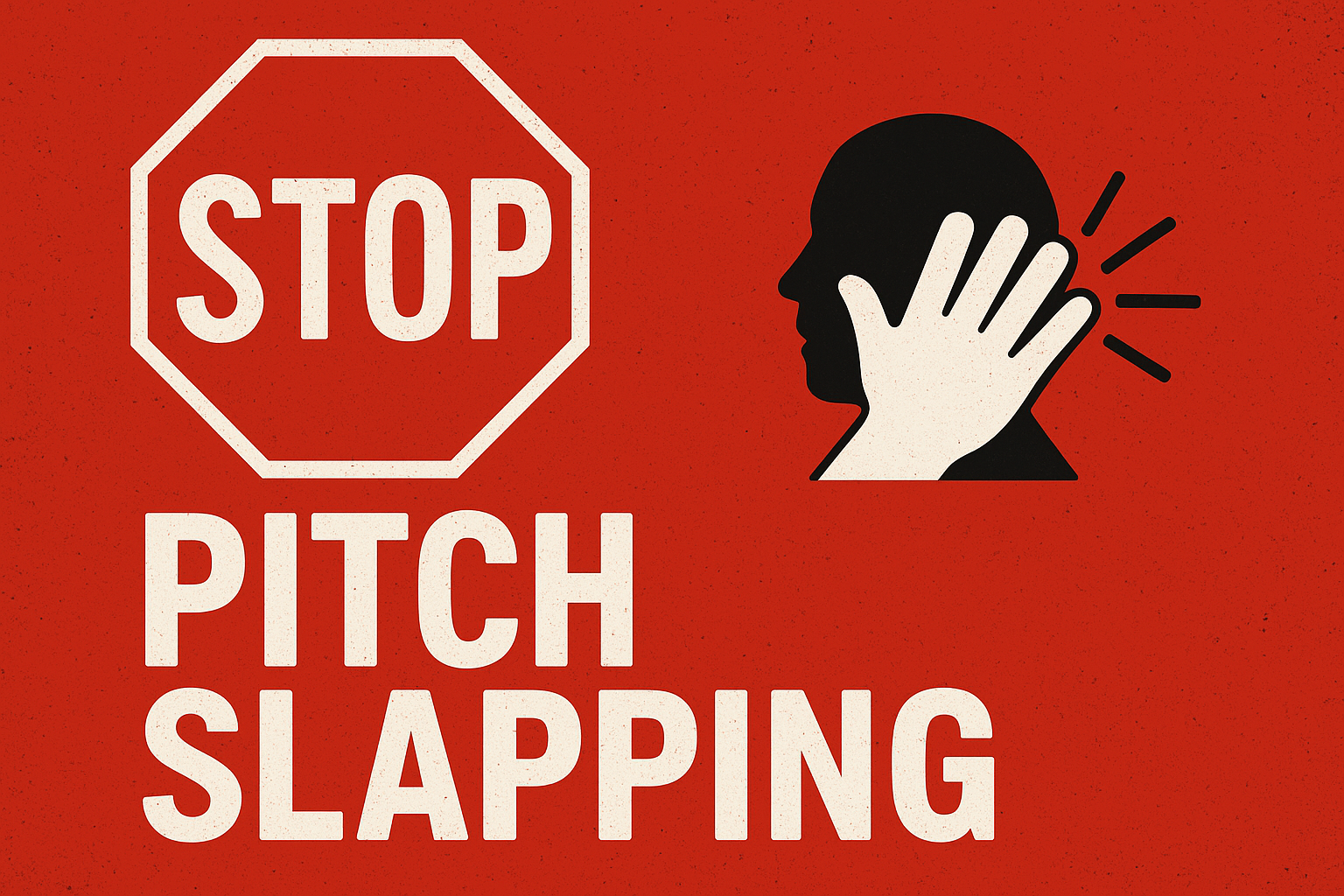
How L&D Took Over Sales Enablement And Why Revenue Paid the Price

Over the past decade, sales enablement has undergone a structural shift. As organizations scaled, leadership teams required more structure around onboarding, repeatable training, and cross-functional alignment. L&D already had systems for curriculum design, learning management, and content delivery, so their role inside sales, naturally, expanded.
Over time, enablement started to operate the same way L&D operates. The focus leaned toward knowledge acquisition. Teams logged more hours in training. More people earned certifications. Content libraries kept expanding. Yet, the main revenue indicators, win rates, cycle time, quota attainment, showed little meaningful change.
The structure that formed around enablement reflected L&D’s design principles more than the operational demands of sales.
Fundamental Mismatch Between L&D and Sales Performance
L&D was designed around structured learning environments. Its methods focus on organizing information, delivering material in a controlled sequence, and tracking how well that material is understood. These methods work in settings where the primary goal is knowledge growth.
Sales operates under conditions that depend on observable behavior in real situations. Performance is tied to actions that influence buyer movement, the quality of decisions made in live conversations, and the consistency of those behaviors across deals. The expectations of the role revolve around execution.
When L&D frameworks became the basis for sales enablement, the function adopted systems built around participation, comprehension checks, and content delivery. Completion data became a central indicator, and learning activity shaped the way effectiveness was measured. The underlying assumption was that increased exposure to material would lead to improved capability in the field.
This shift created a structural issue: the learning outcomes being measured inside enablement did not align with the behavioral indicators that determine sales performance. As a result, the mechanics of the enablement function grew further away from the requirements of the sales environment.
Organizational Effects of a Learning-Centered Enablement Function
As learning systems became the basis for enablement, the broader organization adjusted to the information those systems produced. Metrics tied to participation and content usage became common reference points in performance discussions. Leadership teams used these indicators to gauge capability because they were the most consistently reported signals available.
These indicators shaped the structure of internal conversations. Reviews emphasized exposure to material. Coaching sessions focused on revisiting concepts from training programs. Assessment routines centered on confirming understanding of formal content. The format of these conversations aligned with the way information was organized inside the learning environment.
Resource allocation followed the same pattern. A significant portion of enablement activity concentrated on producing additional materials, expanding formal content inventories, and maintaining the learning infrastructure. Operational cycles prioritized the creation and distribution of structured learning assets.
These patterns influenced how the organization interpreted readiness and progress. The signals generated by learning activity became embedded in performance evaluation processes, which shaped how leaders diagnosed team capability and planned future development efforts.
Impact on Sales Performance and Revenue Outcomes
The learning-centered model produced a limited view of field execution. Most data captured inside the organization reflected exposure to content, which created a gap in the information required to evaluate behavior in active opportunities. Key elements such as the quality of discovery, the accuracy of problem identification, or the strength of buyer commitments were not tracked in a systematic way.
This lack of behavioral information affected how leaders assessed performance. Operational decisions were made without reliable indicators of what occurred during real sales interactions. Forecasts relied on rep updates without supporting evidence from buyer conversations. Performance reviews referenced pipeline status and stage progression, which provided little insight into the actions that influenced deal movement.
Because execution data was limited, performance issues were difficult to diagnose. Teams struggled to determine whether outcomes were tied to skill gaps, misaligned processes, or external market conditions. The organization had visibility into learning activity but not into the factors that shaped revenue outcomes.
These conditions contributed to stagnant performance metrics. Win rates did not show significant improvement. Cycle times remained consistent. A large portion of the salesforce continued to fall short of quota expectations. The structure of enablement generated learning activity at scale, but the lack of execution-oriented information limited the function’s influence on the indicators tied to revenue performance.
Environmental Limits of Learning-Centered Enablement
Training environments are built around controlled conditions. Information is presented in a structured format, interruptions are removed, and scenarios are simplified for clarity. These conditions support comprehension, but they do not resemble the demands of live selling situations.
Sales environments operate with variables that cannot be reproduced through structured learning programs. Buyer responses shift in real time. Problem information changes as new details surface. Decisions must be made with incomplete data. Performance develops through repeated exposure to these conditions, which require adjustment during active conversations.
Learning systems do not capture these dynamics. They record progress within the boundaries of a predefined curriculum, which limits their ability to support the type of adaptation required in the field. The environment created by formal training programs emphasizes understanding, but the environment in which sales performance develops requires decisions under pressure, rapid interpretation of buyer signals, and consistent alignment between questions asked and the outcomes pursued.
These differences create a gap between where learning occurs and where performance is built. Without mechanisms that bring real conditions into the development process, enablement programs have limited influence on the behaviors that determine movement in active deals.
Requirements for a Performance-Oriented Enablement Model
A performance-oriented enablement model depends on information drawn from live selling conditions. The system must capture the actions taken during buyer interactions, the sequence in which those actions occur, and the outcomes they produce. This information forms the basis for understanding how sellers perform in real situations.
Performance development also requires consistent observation of field activity. Direct review of calls, deal progression, and buyer responses allows leaders to identify behavioral patterns that influence opportunity movement. These observations provide a clearer view of current capability than participation metrics generated by structured learning environments.
Feedback must be tied to specific moments in actual opportunities. Effective development depends on linking guidance to identifiable decisions and behaviors. When feedback is anchored in real interactions, sellers can adjust their approach in ways that directly influence future outcomes.
A performance-oriented model also involves regular evaluation of behavioral indicators. Metrics such as the accuracy of problem identification, the completeness of discovery, and the strength of buyer commitments provide insight into execution quality. These indicators allow leaders to assess capability through observable actions rather than indirect signals.
Finally, the system requires integration across coaching, forecasting, and deal management. When all components reference the same behavioral information, improvement efforts align with the conditions that shape revenue results. This alignment ensures that development activities support the factors that drive movement in active opportunities.
Example of a Revenue System Built for Performance Conditions
A performance-oriented system requires a structure that operates from a unified information source. The Problem Centric™ Operating System is one example of this type of structure. It organizes training, execution, and validation around a single diagnostic framework, which serves as the anchor point for all revenue activities.
The OS is built across three interconnected layers:
- Skills Layer, which establishes the diagnostic foundation and provides the models sellers use to identify and understand buyer problems
- Opportunity Layer, which applies that foundation to active deals and ensures that opportunity management follows the same diagnostic structure
- Forecast Layer, which evaluates deal readiness using information drawn directly from the diagnostic work completed earlier in the cycle
Each layer is connected through a shared set of inputs. Information collected during early interactions carries through opportunity management and into forecast evaluation. This creates a consistent logic across the system and reduces the fragmentation that occurs when training, execution, and forecasting operate independently.
To review the complete model and its components, you can download the Problem Centric™ Operating System overview here.
Final Thoughts
The shift toward learning-centered enablement introduced structures that did not reflect the conditions required for sales performance. The organization gained visibility into training activity but lacked insight into behaviors demonstrated during active opportunities. Performance assessments were based on participation data, which limited the ability to diagnose execution gaps or understand the factors that shaped revenue results.
Performance improvement requires a system built around field behavior, supported by accurate observation, timely feedback, and consistent evaluation of the actions that influence deal outcomes. Organizations that operate from this model gain clearer insight into capability and create conditions that support measurable progress.
To see a more complete explanation of this shift, and the framework built to address it, you can download The Great Sales Enablement Lie here.
































